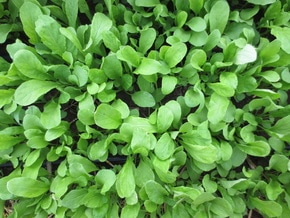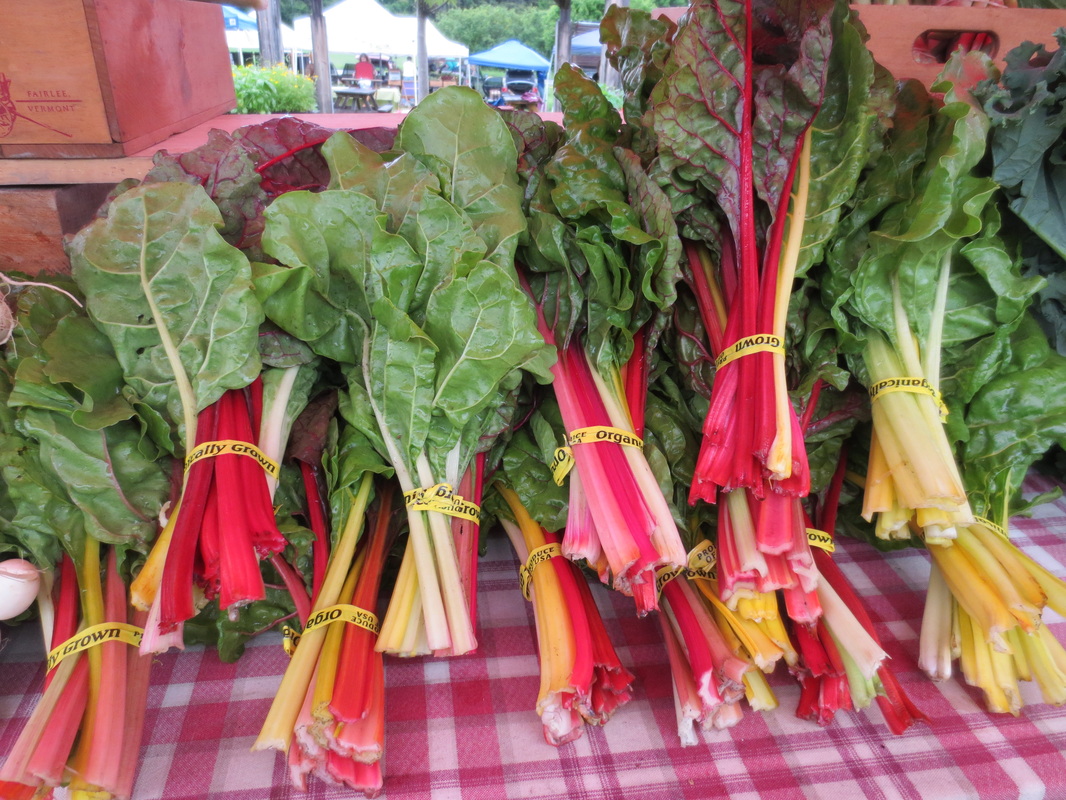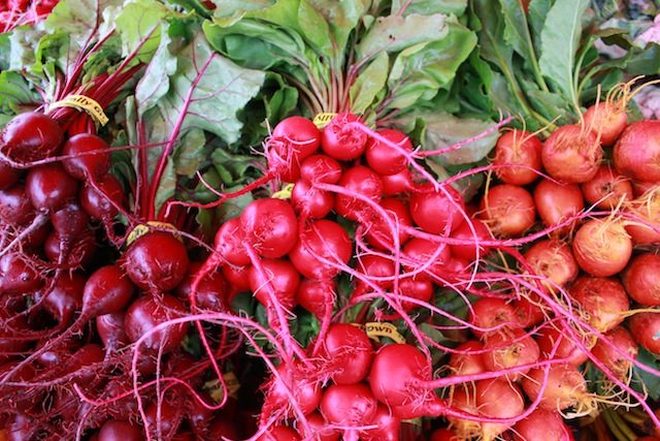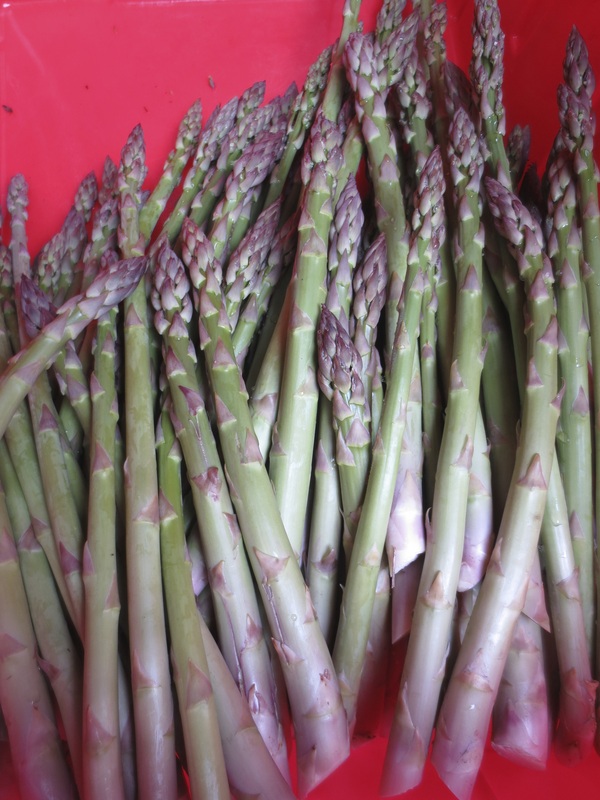|
In Season
Between June and October Storage Tips Refrigerate in a plastic bag for up to five days. To freeze, wash thoroughly and chop, beautiful stems included! Blanch for 2 minutes in boiling water, cool immediately, and drain. Pack into containers, leaving 1/2 inch headroom, and freeze. Culinary Tips
Recipes Sauteed Swiss Chard Spicy Asian Stir-Fried Swiss Chard Rainbow Chard with Pine Nuts, Parmesan, & Basil Shirred Eggs Over Garlicky Swiss Chard Warm Chard Salad with Bacon Dressing and Roasted Chicken Orecchiette with Sausage and Chard Creamed Swiss Chard Swiss Chard Tzatsiki
0 Comments
In Season
Summer and Fall, July through December Storage Tips Store up to 12 weeks Beets should be stored in the refrigerator crisper drawer in a plastic bag for up to 12 weeks. If you get a bunch of fresh beets with the tops on, you can store the leaves in a separate plastic bag and use within two days. For longer storage, wash and sort (max. 3" diameter, but smaller is better), and leave on the root tails and 1/2 in. or stem so the juice doesn't bleed out while boiling. Boil until tender, 25-45 min. depending on size. Cool immediately; trim tails and stem and slip off skin; slice or cube or leave whole if very small. Freeze, leaving 1/2 in. headroom. Culinary Tips Gently scrub and wash the roots under water before use. No need to peel. Steam the small cubes and serve warm with butter as a delicacy. Raw beets can be grated into a salad. Bake the beets to enhance their natural sweetness. Slice the washed and unpeeled beets into ¼ inch thick slices. Arrange the slices on a lightly oiled baking pan and season with thyme or tarragon. Add a small amount of water or apple juice in the pan. Put in 350° oven for 25 minutes until tender. Beets can also great when steamed or boiled. Scrub beets clean but leave skins on until after cooking to minimize color and flavor loss. Run the whole, cooked beets under cold water and rub off their skins. 1 ½ inch beets take 30 minutes to cook in steam and 15-20 minutes in boiling water. Serve whole, sliced or grated. Toss grated beets with grated carrots, apples, oil and vinegar dressing. A touch of plain yogurt makes for a wonderful color transformation. The greens can be steamed, sautéed, and mixed with pasta. Recipes Root 5 Farm Beet Recipes Roasted Beets and Sautéed Beet Greens Red Flannel Hash French "Peasant" Beets Penne Pasta in Roasted Beet Sauce Beet Salad with Goat Cheese Beet, Carrot, and Fennel Slaw Carrot and Beet Salad with Ginger Vinaigrette Roasted Winter Vegetables "Beauty in the Beets" - Article & Recipes from the NYTimes Beet, Orange, Arugula Salad Roasted Beets with Moroccan Spices  In Season Spring, Summer, and Fall Storage Tips Store up to 1 week Wash and dry in a salad spinner before placing in a plastic bag in your refrigerator. For longer storage, blend into a pesto (see recipe below) and refrigerate or freeze. Culinary Tips For a spicy addition to salad, add small tender arugula greens. Make a simple and tasty arugula salad by adding a soft cheese, dried fruits, grated carrots, and walnuts tossed in your favorite vinaigrette. Add to sandwiches and omelettes for color and taste. Quickly braise or sauté and add to a pasta with grated parmesan. Add cooked arugula to quiche and lasagna. Smaller arugula leaves tend to be milder, while larger leaves tend to have a more aggressive, peppery kick. Recipes Root 5 Farm Pan Fried Eggplant Over Kale and Arugula with Tomato-Basil Confit Arugula Salad with Olive Oil, Lemon, and Parmesan Cheese Egg, Arugula, and Herb Tartine Arugula Pesto Arugula And Crispy Shrimp Pizza Shaved Asparagus and Arugula Salad
|
Vegetable Index
All
|
|
Root 5 Farm
Danielle Allen & Ben Dana 2340 US Route 5 North Fairlee, Vermont 05045 (802) 923-6339 [email protected] [email protected] |




 RSS Feed
RSS Feed


